Data Analytics, also called DA, is a swiftly emerging business technology that has really helped businesses across the globe in framing effective policies, taking informed decisions, and in winning customers. This is the reason that the DA professionals like data analysts, data architects, and data scientists are in great demand today. If you are also a job seeker in this field and going to face an interview soon, the following ten frequently asked data analytics interview questions and answers would prove to be of great help:

Q1. What does a typical data analysis involve?
Ans. A typical data analysis includes the collection and organization of data. Following that, correlations or patterns are found among the analyzed data figures and the remainder of the company's or industry's data. The data analysis process also involves identifying problems and initiating appropriate preventive measures to resolve the issues found in an effective way.
Q2. What skills and qualifications are required to become a good data analyst?
Ans. A good data analyst is required to have several skills and qualifications that include thorough knowledge of the reporting packages (Business Objects), databases (SQL, SQLite, etc.), and programming languages (XML, Java script, or ETL frameworks). Technical knowledge of database design, data models, data mining and segmentation techniques, along with that of statistical packages for analyzing large data sets (SAS, SPSS, Excel, etc.) is also a must. Besides that, a keen eye for detail, strong reasoning power, good organizational skills, and an analytical bent of mind is needed.
Q3. What are the primary responsibilities of a data analyst?
Ans. Though the duties of a data analyst are wide and varied in scope, his primary responsibilities include documenting the types and structure of the business data (logical modeling); analyzing and mining the business data with the aim of identifying the patterns and correlations therein; mapping and tracing data from one system to another with the purpose of solving a given business or system problem; designing and creating data reports and reporting tools to facilitate effective decision making in the organization; and, performing a rigorous statistical analysis of the organizational data.
Q4. What do you understand by data cleansing?
Ans. Data Cleansing, also referred to as data scrubbing, is the process of modifying or removing data from a database that is incomplete, inconsistent, incorrect, improperly formatted, or redundant. The purpose of all these activities is to make sure that the database contains only good quality data, which can be easily worked upon. There are different ways of performing data cleansing in different software and data storage architectures. It can be performed interactively with the help of data wrangling tools, or as batch processing through scripting.
Q5. Can you name the best practices for data cleansing?
Ans. Some of the best practices for data cleansing include:
- First of all, sort the data; negative numbers, strings that start with obscure symbols, and other outliers will generally appear at the top of your dataset after a rigorous sorting.
- When you are dealing with a big and messy dataset, it is quite impossible to attain 100% cleanliness. Therefore, the most viable approach in such a case is to identify the most common problems at first and to solve them one by one leading to improvement in the overall quality of the dataset.
- Another effective approach to deal with a large dataset is to pick up up a sample at random and work on it first of all; it will increase your iteration speed as well. When you become confident of the effectiveness of a particular technique, you may apply it to the entire dataset.
- Sampling can also be used to test data quality. For example: if you are dealing with a dataset containing 200 random rows, as a rule of thumb, there should not be any formatting issues with more than 5 rows.
- Tools such as Open Refine, previously called Google Refine, can eliminate the need for dealing with big data by performing a lot of basic cleanings (e.g. string canonicalization) with little or no user input.
- Gain expertness in using regular expressions.
- You may create a set of scripts, tools, and utility functions to perform regular cleansing tasks.
- It is a good practice to keep a record of every cleansing activity performed by you for future reference. The best way is to use a tool that automatically keeps track of your actions.
Q6. What are the best tools that can be used for proper data analysis?
Ans. The best tools for thorough data analysis are: RapidMiner, OpenRefine, Tableau, KNIME, NodeXL, Google Search Operators, Google Fusion tables, Wolfram Alpha’s, and Solver.
Q7. Differentiate between data mining and data profiling.
Ans. Data mining is the process of sorting through massive volumes of data, with the aim of identifying patterns and establishing relationships to perform data analysis and subsequently, problem solving. Data mining tools facilitate predicting the future trends by business organizations.
Data profiling can be defined as a data examining process focused on achieving various purposes like determining the accuracy and completeness of data. This process acutely examines a database, or other such data sources, in order to expose the erroneous areas in data organization; data profiling technique considerably improves the data quality.
Q8. Can you name the frequently faced problems by data analysts?
Ans. Some of the frequently faced problems by data analyst are:
- Missing values
- Duplicate entries
- Varying value representations
- Common misspellings
- Organization of overlapping data
- Illegal values
Q9. What is logistic regression in data analysis?
Ans. Logistic regression, also known as logit regression, is a statistical method for examining a dataset containing one or more independent variables, which define an outcome.
Q10. What should be the characteristics of a good data model?
Ans. The characteristics of a good data model should be that:
- It should be used conveniently
- The major data changes in it should be easily scalable
- It should render a predictable performance
- It should be flexible in terms of accommodating to the changes in requirements. Read More
 An ideal database structure would support plenty of data models, languages, processing pattern and storage arrangements within the one system. Go through the detail about an ideal database structure. Read More
An ideal database structure would support plenty of data models, languages, processing pattern and storage arrangements within the one system. Go through the detail about an ideal database structure. Read More 
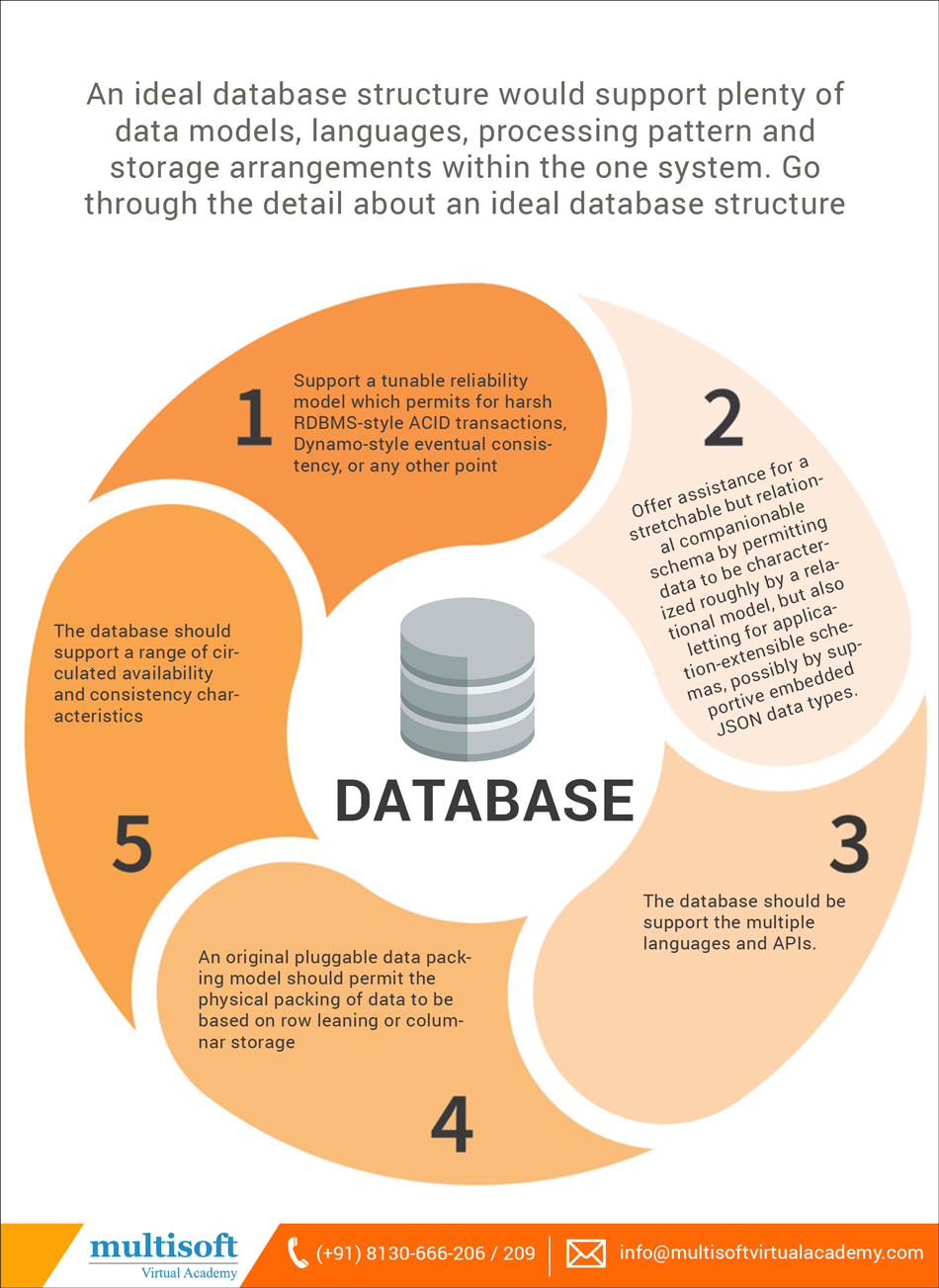


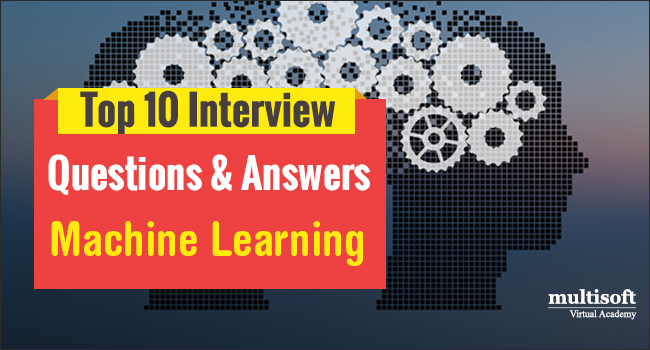







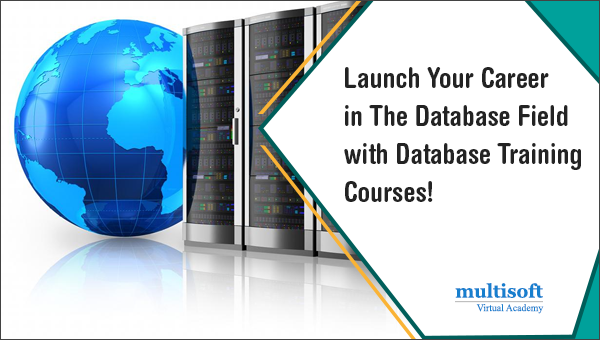



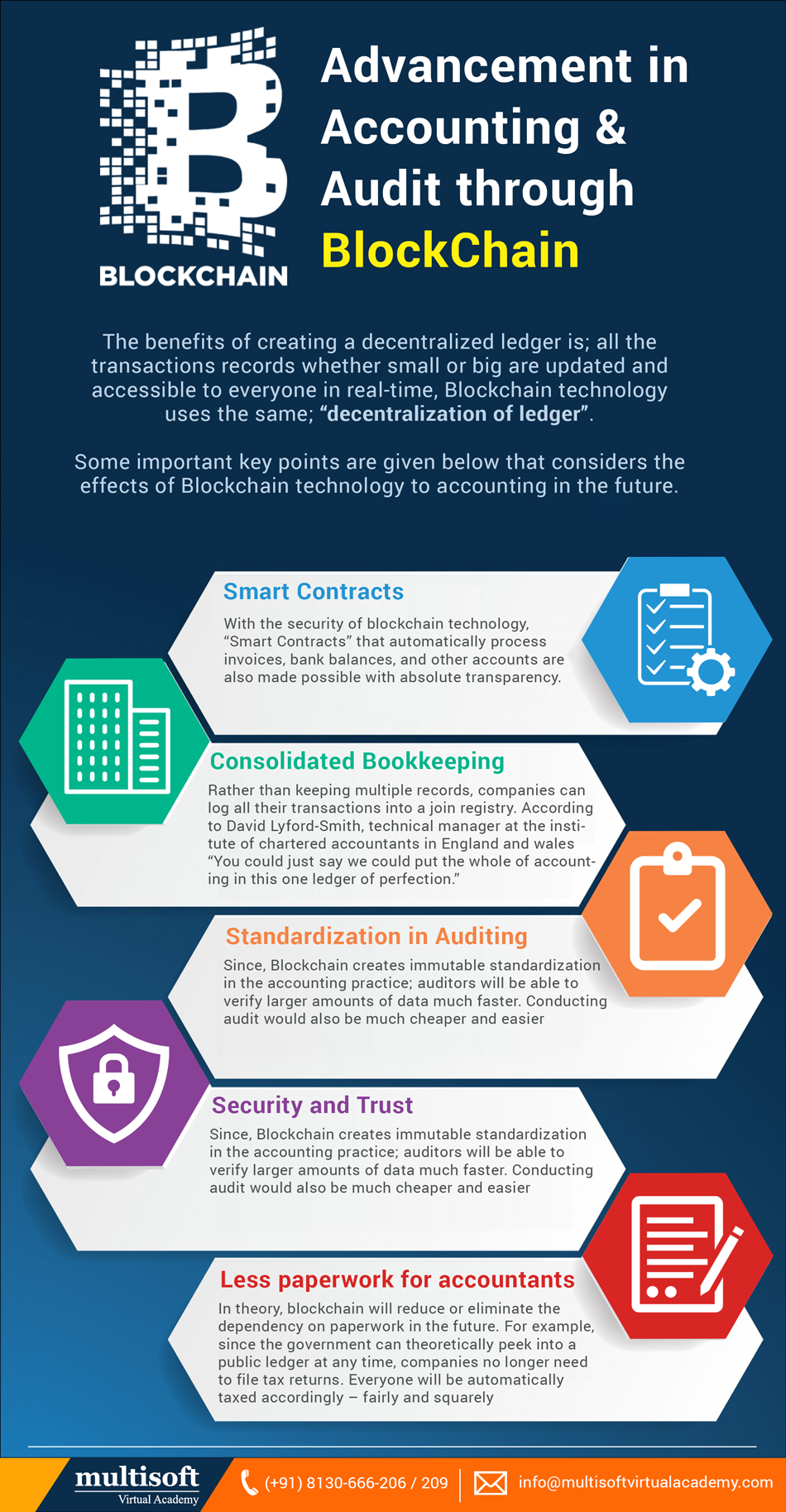





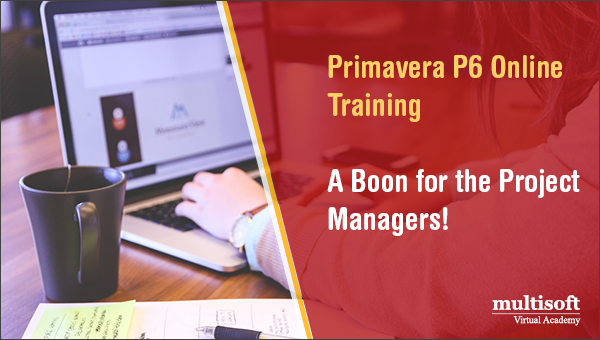





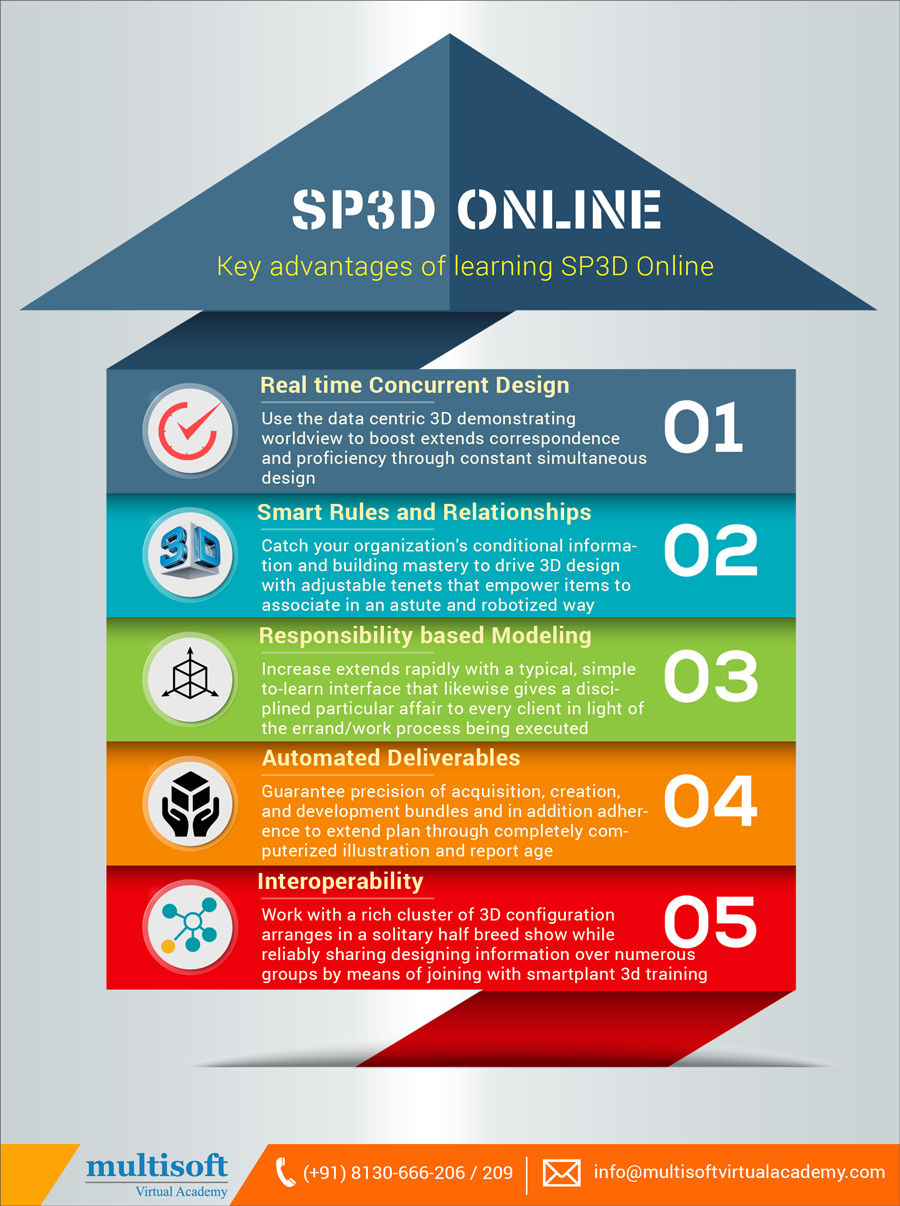

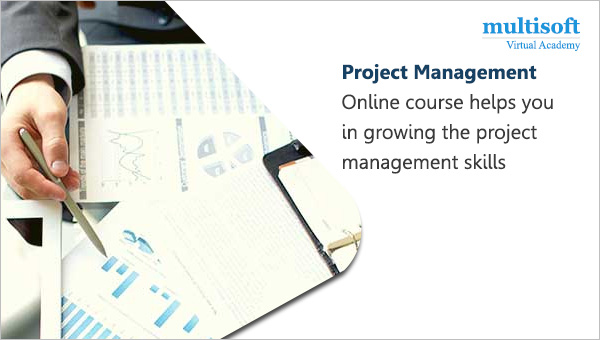

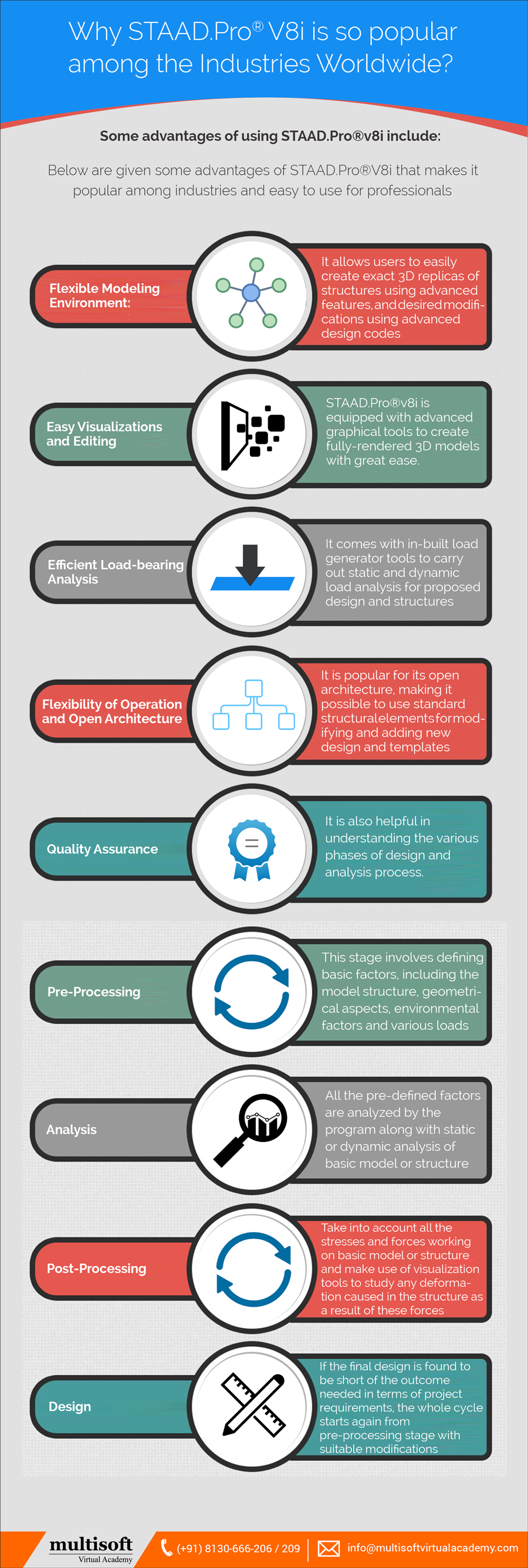

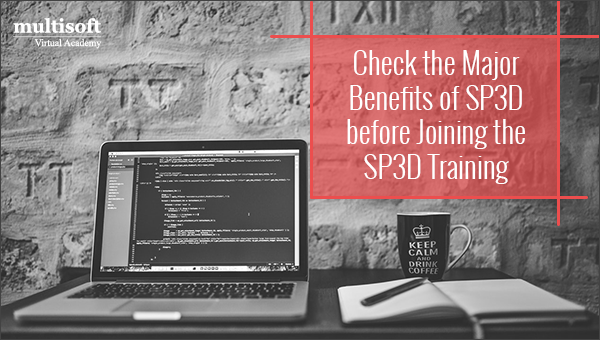






 Join our Live Instructor-Led online classes delivered by industry experts
Join our Live Instructor-Led online classes delivered by industry experts